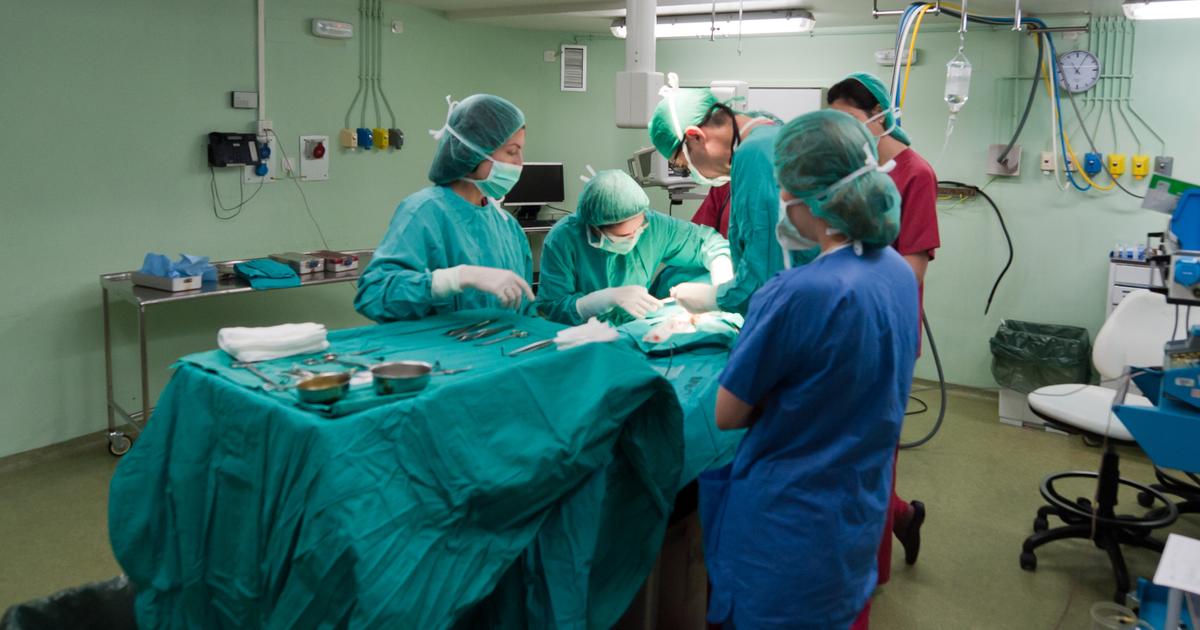Guide To The Symptoms, Causes, And Complications Of Shoulder Impingement
Reflex Sympathetic Dystrophy

Reflex sympathetic dystrophy, which is often connected to shoulder impingement, is a form of complex regional pain syndrome. Patients with reflex sympathetic dystrophy typically experience persistent pain in a limb that begins after an injury, and the pain is often worse than what would be expected for the particular injury the individual experienced. Patients with this syndrome might also have unusual types of pain; for example, some patients experience pain after light touch that would not normally be painful. Swelling, joint stiffness, osteoporosis, muscle atrophy, and muscle spasms could occur, and patients might develop sensitivity to heat or cold. Alterations in the skin temperature in the affected area have been reported. For example, the affected area might feel colder than the surrounding tissue, and it could also be sweaty at times. Many patients with reflex sympathetic dystrophy report continuous, throbbing pain, and they often describe the pain as a burning or stinging sensation. There is no standard test for the diagnosis of this condition, so doctors rely on ruling out other ailments with a physical examination and bone scans, x-rays, MRI scans, skin temperature readings, and tests of the sympathetic nervous system. Treatment is tailored to the patient's symptoms, and it may include a combination of medication, physical therapy, and medical procedures. Patients might need to try a combination of medicines, including pain relievers, anticonvulsants, antidepressants, and benzodiazepines. Medical procedures that could be beneficial in the treatment of this condition include biofeedback, transcutaneous electrical nerve stimulation, pump implantation, and peripheral nerve blocks. Some patients may be advised to undergo a procedure called a sympathectomy to destroy some of the sympathetic nerves.
Learn more about the causes and complications of shoulder impingement now.
Surgical Repair Complications

Some patients could experience shoulder impingement due to surgical repair complications. Individuals who have undergone a mastectomy or another procedure that involves the armpits, arms, or shoulders are at risk of shoulder impingement after surgery. Patients should discuss this risk with their healthcare professional before the operation, and they should ask what steps can be taken to prevent shoulder complications. Generally, it helps to move the shoulder and arms as early as possible after the surgery, and changing positions often will help as well. Patients should ensure they do not keep their arms or shoulder immobile. If possible, getting out of the hospital bed to walk or sit in a chair could be beneficial, and doing activities involving the hands and arms such as reading a book or knitting could reduce the risk of shoulder complications as well. Patients should always let their healthcare team know if they develop any pain in their shoulder so appropriate investigations and treatment can be provided.
